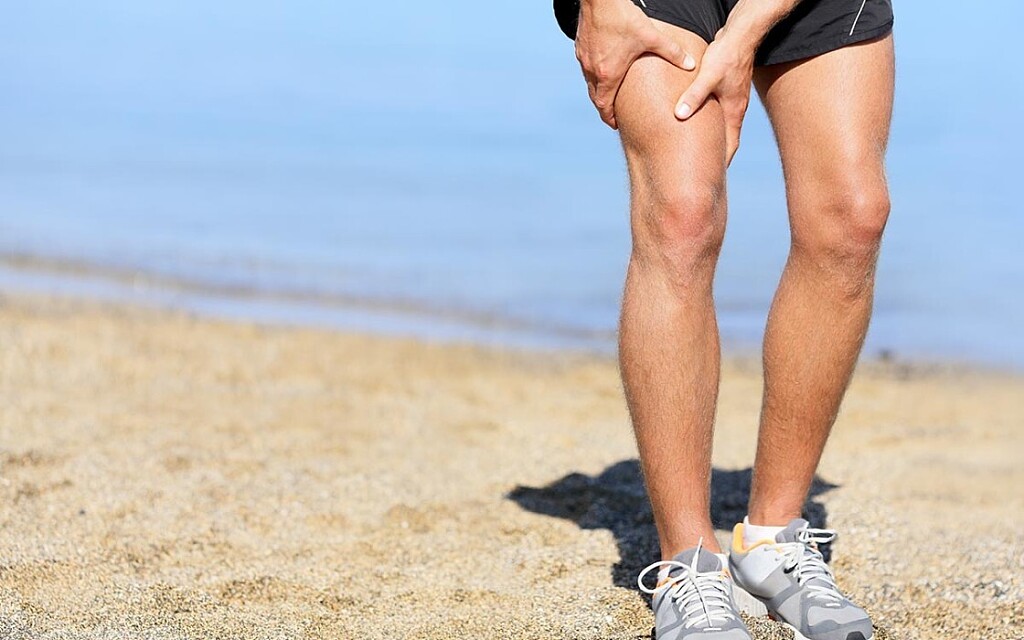Running News Daily
Running News Daily is edited by Bob Anderson. Send your news items to bob@mybestruns.com Advertising opportunities available. Train the Kenyan Way at KATA Kenya and Portugal owned and operated by Bob Anderson. Be sure to catch our movie A Long Run the movie KATA Running Camps and KATA Potato Farms - 31 now open in Kenya! https://kata.ke/
Index to Daily Posts · Sign Up For Updates · Run The World Feed
IT band syndrome: how to prevent it, take proactive measures and strengthen the muscles around your IT band
Iliotibial band syndrome (ITBS) is a common overuse injury in runners, but one you can start taking steps today to avoid. Here’s the rundown on why runners get it and what you can do to prevent it.
The IT band is a big band of connective tissue called fascia (an elastic connective tissue found throughout the body) that starts outside the hip, runs down the outside of the thigh (enveloping the outer thigh muscles), and has attachments to the lateral knee cap and lower leg. Running is considered a repetitive single-leg activity, requiring the control and coordination of multiple joints–when you begin to fatigue while running, you’ll start to lose the ability to balance well on either leg, adding stress to the IT band.

IT band syndrome happens when your IT band rubs against your leg bone, creating friction. In many cases, this “tightness” of the IT band is caused by weak glute muscles, abdominals or hips. When the IT band gets irritated, you may experience swelling or a snapping sensation on the outside of the knee, as well as pain and irritation.
Preventative measures

The exact cause of ITBS will vary for each individual, and experts aren’t clear on what exactly causes the injury. There are contributing factors you can avoid, however, like increasing training load or intensity too quickly or too soon (aim for a gradual approach). Make sure you are wearing shoes that are best suited for your running style–try to purchase from a local running store where staff will help you figure out what type of shoe you need.
Be cautious when returning to running after a break, as tempting as it is to immediately start at your previous volume. Consulting a physiotherapist or sports doctor if you think you’re experiencing any of the symptoms of IT band syndrome is always the best route to take if possible.
Strengthen the muscles of the hip and thigh
The IT band itself can’t be stretched or strengthened, but doing strength exercises that focus on the muscles around it can help prevent injury and also aid recovery by improving the stability and support of the knee joint. Try basic strength exercises like squats, lunges, and leg presses. Start with no weight or very light weight, and gradually increase the resistance as you become stronger. Proper form is key, and taking your time is essential.
Maintain flexibility and balance
While stretching the IT band is not possible (because it isn’t a muscle, it doesn’t stretch and contract like a muscle does) you can stretch the muscles of the hip and thigh, and keeping these flexible and mobile will reduce tension on the IT band.
Try standing with your feet hip-width apart and reaching your right hand across your body to grab your left elbow. Gently pull your left elbow across your body, feeling the stretch in your right hip and thigh. Hold this stretch for 20-30 seconds, then repeat on the other side.
Practicing simple balance exercises on either leg is also helpful to improve running strength and prevent injuries.
by Running Magazine
Login to leave a comment




